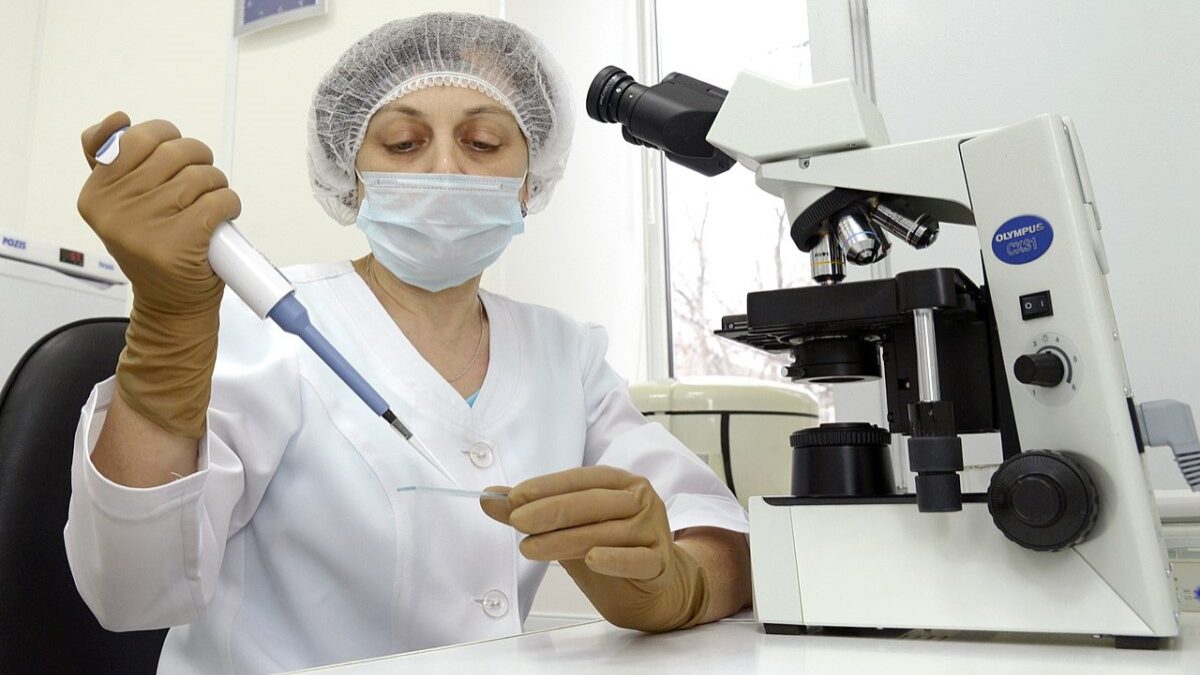Illinois state Rep. Margaret Croke recently introduced House Bill 5779, a bill to legally secure a right “to make autonomous decisions about one’s own reproductive health, including the fundamental right to use or refuse reproductive health care.” This bill seeks to codify an individual right to rent wombs and manufacture children in artificial conditions, as well as to discard or hold in freezers an unlimited number of embryos.
The bill would add to the state’s new law concerning “the fundamental right of an individual who becomes pregnant to continue the pregnancy and give birth to a child, or to have an abortion, and to make autonomous decisions about how to exercise that right.” Croke is also a co-author of a previously introduced bill that would force health insurance companies to subsidize surrogacy and other forms of assisted reproductive technology.
Croke highlighted HB779 in her September newsletter immediately after announcing the birth of her daughter. While welcoming a new child into one’s family is certainly a cause for celebration, it’s hard to ignore the irony of juxtaposing a birth announcement with a bill that would legalize the killing of children.
While bills like this often frame “reproductive health” under the guise of protecting adults’ “human rights,” abortion and reproductive technologies are predicated on the violation of children’s human rights. Such laws violate children’s rights to life, to their mothers and fathers, and to not being diminished to products in the baby market.
Buying and Selling Human Parts and Bodies
It’s fitting to link reproductive technology legislation with abortion legislation, as abortion and reproductive technologies are two sides of the same child-commodifying coin. If sex makes babies, and sexual autonomy is viewed as the ultimate good, then babies are the required sacrifice of sexual freedom.
In both the baby-taking industry and the baby-making industry, children’s rights are subject to adult fulfillment. When pregnancies are unwanted, abortion tells us that children can be forced out of existence even if it violates their right to life.
If children are extremely wanted, reproductive technologies tell us that children can be forced into existence even if it violates their right to life and right to their biological mothers and fathers through gamete donation. In reality, children have rights that need to be respected and protected regardless of whether they are unwanted or greatly wanted.
As stated in the Universal Declaration of Human Rights, “All human beings are born free and equal in dignity and rights.” Treating children as commodities to be designed, purchased, and disposed of when they don’t meet adult “standards” is an affront to their inherent value and worth. If we are all born equal, then we are all equally free.
Eliminating Human Lives
Both the abortion and reproductive technologies industries are multibillion-dollar businesses, profiting from the creation and elimination of millions of human beings. Contrary to what many think, in-vitro fertilization (IVF) is not simply about creating new life; it often involves sacrificing millions of little lives so adults can attempt to have the exact babies they want when they want them.
While we don’t exactly know how many lab-created babies die each year (Big Fertility resists tracking those figures), we can estimate. Combining the numbers of embryonic persons who are disposed of, do not survive the thawing process, or are donated to research shows that IVF has already disposed of millions of human beings.
In 2012, it was found that, since 1991, 3.5 million embryos had been created and that only 235,480 had been successfully implanted. In that time 1.7 million were discarded, with 23,480 being destroyed after their removal from storage.
In 2019, Centers for Disease Control numbers revealed that more embryonic lives were lost to IVF than to abortion. While there were 629,898 abortions that year, only 84,000 embryos out of a million involved in IVF cycles made it to term.
High Death Rates, Low Life Rates
Embryos face many obstacles to keep living when they are created via IVF. In 2019, the percentage of live births for women younger than 35 using IVF was 51 percent per cycle. This means women younger than 35 have approximately a 50-50 chance of carrying a baby conceived through IVF to term. By ages 38 to 40, the percentage drops to 25.1 percent. The risk of miscarriage for women over 40 also increases to 50 percent or higher.
Even if the mother’s uterine lining is sufficient and there are no other health issues, there’s still no guarantee that an embryo will transfer from the lab to the womb successfully, as there’s no 100 percent reliable molecular data to show that an endometrium will be receptive during an IVF cycle. It’s believed that transferring multiple embryos increases the chances of successful implantation, but if an endometrium is not receptive to one of the embryos, this decreases the chances of implantation of the second embryo, even if this second embryo would have otherwise implanted.
How many human embryonic lives are intentionally created and die simply because they don’t survive the trial-and-error transfer process? We don’t know, but it’s also likely millions.
A study published in 2011 revealed seemingly high thawing success rates for those tiny humans placed in frozen limbo, but the percentage of babies who died during the thawing process is cause for concern. The implantation rate for just the ones who survived the thawing process was only 14 percent for zygotes and 15 percent for blastocysts.
Preimplantation Screening
Since IVF treats human lives as scientific experiments by intentionally creating multiple lives in hopes that one child will survive, many of these children will have their lives snuffed out immediately due to not “making the grade,” a determination made through preimplantation genetic screenings. After blastocysts are screened, only the ones determined “genetically healthy and normal” are transferred with the hopes of implantation.
Yet researchers have found that embryos with abnormal cells have the ability to self-correct, or push the abnormal cells out and replace them with normal cells. Eliminating these early embryos, of course, destroys untold numbers of developing human beings that might have later been designated as “good quality.” In IVF, however, their lives aren’t worth the risk.
Given the amount of embryonic human beings who are discarded, indefinitely frozen, or do not survive the transfer process, it should come as no surprise that out of the millions of lab-created children only an estimated 7 percent are born alive. This is in addition to the millions of human beings already killed through abortion and abortion in surrogacy contracts.
Motherless and Fatherless Children
HB5779 also includes the “right” to oocyte or embryo donation, or the “right” to create motherless or fatherless children. However, children have a right to their mothers and fathers, and intentionally severing this bond is an injustice. It violates the universally acknowledged children’s right to be known and loved by both genetic parents.
Biological parents are more connected to, invested in, and protective of their children, and are best suited to provide children with the biological identity they crave. Not only is being raised by one’s biological mother and father a component for establishing a child’s identity, but the dual-sex influence present in the mother-father partnership is an essential component for the development of well-rounded children.
Croke’s bill is focused on autonomy, but it disregards the humanity of the children whose lives are being experimented on and snuffed out all in the name of “reproductive rights.” Reproductive rights cannot come at the expense of children’s rights, and if one’s “right” includes trampling on the legitimate rights of children, then it’s no right at all.









